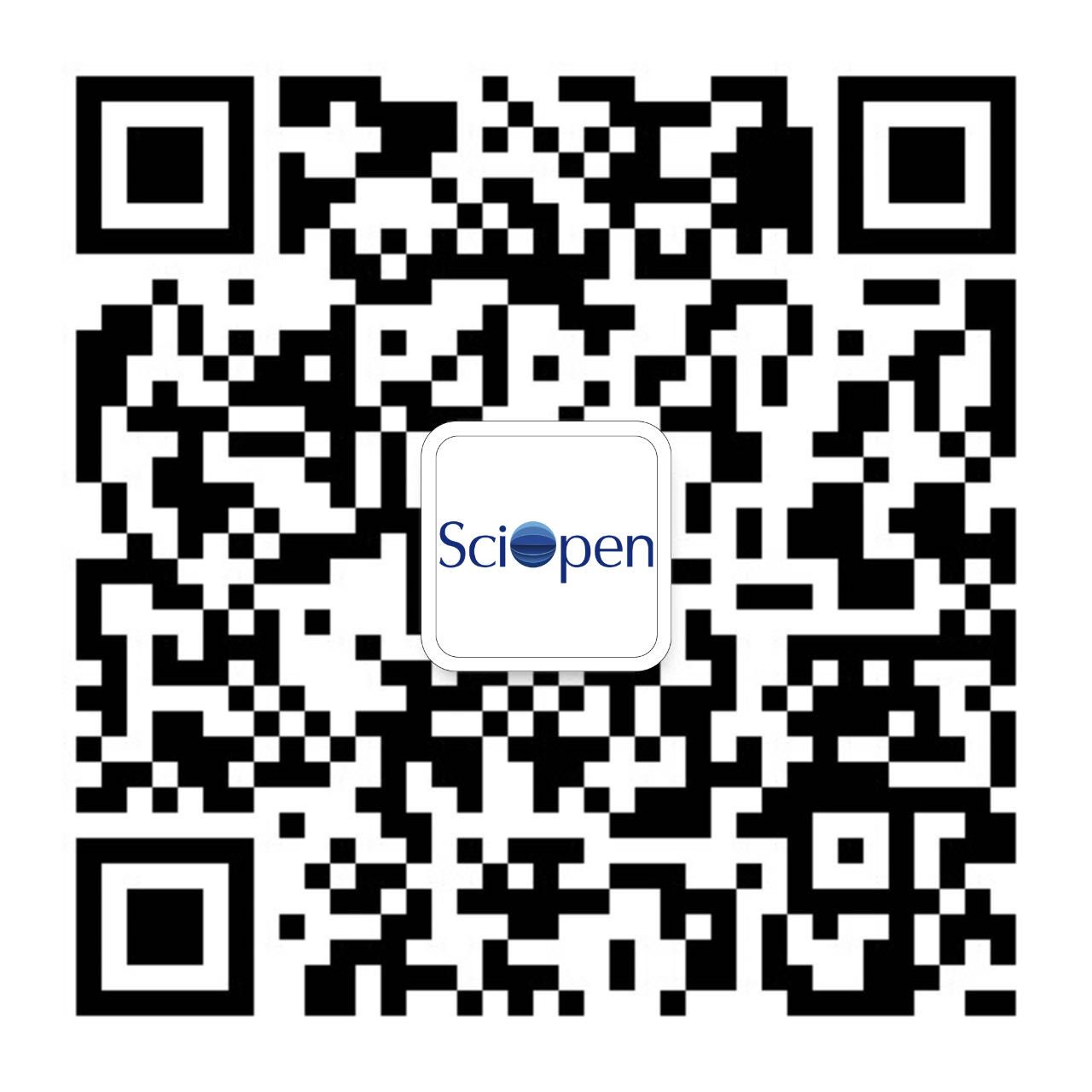Grain growth of magnesium (Mg) and its hydride is one of the main reasons for kinetic and capacity degradation during the hydrogen absorption and desorption cycles. To solve this problem, herein we propose a novel method involving synergistic effect of inside embedded metals and outside coated graphene to limit the growth of Mg and its hydride grains. The graphene coated Mg‒Y‒Al alloys were selected as a model system for demonstrating this positive effect where the Mg91Y3Al6 alloy was first prepared by rapidly solidified method and then high-pressure milled with 5 wt% graphene upon 5 MPa hydrogen gas for obtaining in-situ formed YAl2 and YH3 embedded in the MgH2 matrix with graphene shell (denoted as MgH2-Y-Al@GR). In comparison to pure MgH2, the obtained MgH2-Y-Al@GR composites deliver much better kinetics and more stable cyclic performance. For instance, the MgH2-Y-Al@GR can release about 6.1 wt% H2 within 30 min at 300°C but pure MgH2 only desorbs ∼1.5 wt% H2. The activation energy for desorption of MgH2-Y-Al@GR samples is calculated to be 75.3±9.1 kJ/mol that is much lower than approximately 160 kJ/mol for pure MgH2. Moreover, its capacity retention is promoted from ∼57% of pure MgH2 to ∼84% after 50th cycles without obvious particle agglomeration and grain growth. The synergistic effect of outside graphene coating with inside embedded metals which could provide a huge number of active sites for catalysis as well as inhibit the grain growth of Mg and its hydride is believed to be responsible for these.
 Open Access
Full Length Article
Issue
Open Access
Full Length Article
Issue
Development of advanced high-voltage electrolytes is key to achieving high-energy-density lithium metal batteries (LMBs). Weakly solvating electrolytes (WSE) can produce unique anion-driven interphasial chemistry via altering the solvating power of the solvent, but it is difficult to dissolve the majority of Li salts and fail to cycle at a cut-off voltage above 4.5 V. Herein, we present a new-type WSE that is regulated by the anion rather than the solvent, and the first realize stable cycling of dimethoxyethane (DME) at 4.6 V without the use of the “solvent-in-salt” strategy. The relationships between the degree of dissociation of salts, the solvation structure of electrolytes, and the electrochemical performance of LMBs were systematically investigated. We found that LiBF4, which has the lowest degree of dissociation, can construct an anion-rich inner solvation shell, resulting in anion-derived anode/cathode interphases. Thanks to such unusual solvation structure and interphasial chemistry, the Li-LiCoO2 full cell with LiBF4-based WSE could deliver excellent rate performance (115 mAh g−1 at 10 C) and outstanding cycling stability even under practical conditions, including high loading (10.7 mg cm−2), thin Li (50 μm), and limited electrolyte (1.2 μL mg−1).






 京公网安备11010802044758号
京公网安备11010802044758号